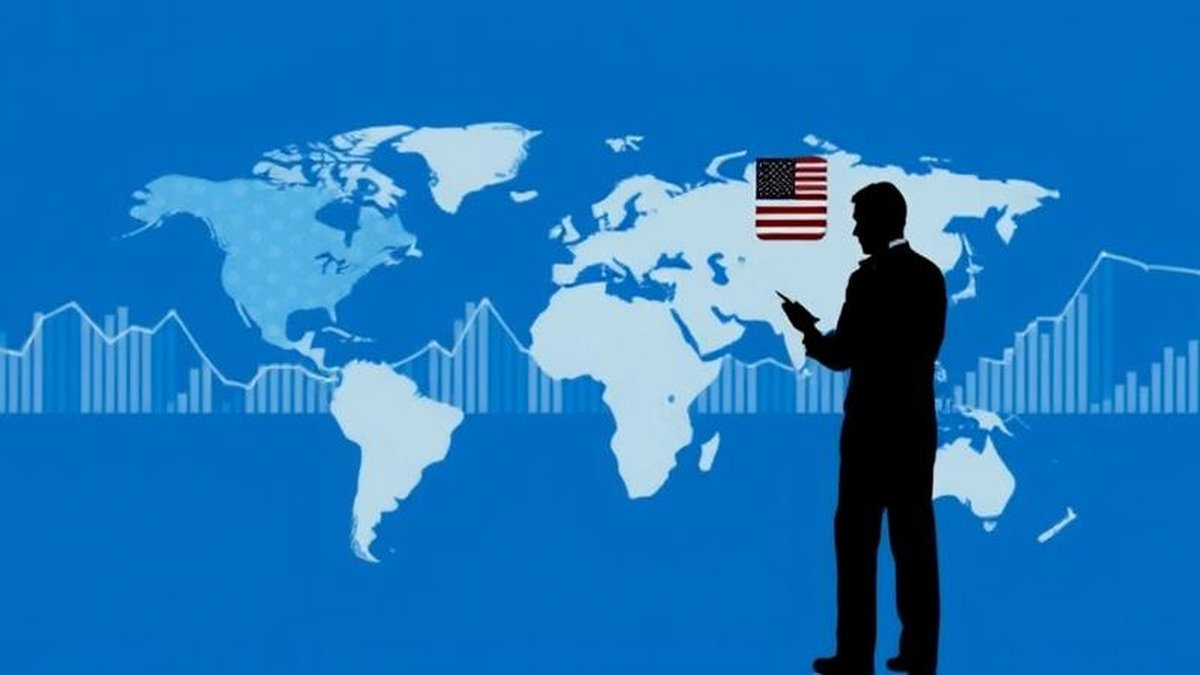Global Markets on Edge Ahead of Key U.S. Inflation Data
Financial markets entered a holding pattern this week as investors awaited the release of U.S. consumer price index (CPI) data — a critical input for assessing the Federal Reserve’s next policy steps. Across equities, bonds, currencies, and commodities, traders adopted cautious stances, reflecting heightened sensitivity to inflation surprises and their potential to reprice interest rate expectations. With volatility poised to rise after the data drop, the overarching theme is one of defensive positioning and selective risk-taking.
1. Bond and Equity Markets Signal Wait-and-See Mode
1.1 Bonds Reprice Policy Risk
In the Treasury market, yields oscillated in narrow ranges as traders recalibrated the probability of future rate cuts. The short end of the curve remained anchored by near-term Fed expectations, while longer maturities reflected uncertainty about the inflation trajectory and terminal rate levels. Strategists noted that a cooler-than-expected CPI could steepen the yield curve as easing bets strengthen, while an upside surprise might reinforce the Fed’s “higher-for-longer” stance.
Corporate credit spreads were stable but showed signs of caution, particularly in high-yield segments sensitive to funding costs. Market participants emphasized that fixed-income volatility remains contingent on the CPI’s deviation from consensus expectations, with inflation swaps and breakevens already hinting at a modestly softer print.
1.2 Equities in Consolidation Phase
U.S. equities traded within tight intraday ranges, reflecting investor reluctance to commit ahead of the data. Growth-oriented sectors, particularly technology and consumer discretionary, saw subdued flows after recent rallies. Value and defensive names held firmer as traders favored stability in uncertain conditions. Analysts said the S&P 500’s recent momentum is vulnerable to reversal if inflation data disrupts the rate-cut narrative underpinning current valuations.
Global indices mirrored this caution. European and Asian equities moved sideways, with investors balancing local fundamentals against global monetary dynamics. The VIX, Wall Street’s “fear gauge,” edged higher, underscoring growing demand for downside protection.
2. FX and Commodities Reflect Defensive Positioning
2.1 Dollar at an Inflection Point
Currency markets remained range-bound, with the U.S. dollar index holding steady as traders awaited clarity. FX strategists emphasized that the CPI report could act as a catalyst: a soft print may weaken the greenback as traders price in earlier easing, while a strong reading could trigger renewed dollar strength and weigh on emerging-market currencies.
Safe-haven currencies like the Japanese yen and Swiss franc saw modest inflows, while commodity-linked FX — including the Australian and Canadian dollars — remained tethered to risk sentiment and global demand signals.
2.2 Commodities Reflect Balanced Risk
Oil prices stayed range-bound, with Brent crude trading near recent averages. Demand concerns tied to global growth uncertainty offset the impact of supply discipline from OPEC+ producers. Meanwhile, gold attracted safe-haven inflows, climbing toward multi-week highs as investors sought protection against potential volatility and policy surprises.
Base metals traded mixed, with copper supported by signs of stabilization in Chinese consumption but capped by broader risk aversion. Commodity analysts noted that the inflation print could influence both the dollar and real yields, two key drivers of precious metal performance.
3. Emerging Markets and Global Spillovers
3.1 Sensitivity to U.S. Policy Shifts
Emerging market assets reflected cautious sentiment, particularly in regions with high external funding needs. Bond yields in several economies edged higher, and local currencies traded defensively ahead of the U.S. data. Central banks across Asia and Latin America are closely watching the Fed’s trajectory, as tighter global financial conditions could trigger capital outflows and complicate domestic policy objectives.
Analysts warned that while global liquidity has improved in recent months, a hawkish CPI surprise could reverse these flows, tightening financial conditions for vulnerable economies.
4. Volatility and Risk Management
4.1 Hedging Demand Rises
Derivatives markets reflected heightened anticipation, with implied volatility climbing across options on equities, bonds, and major FX pairs. Institutional investors have increased hedging via short-dated contracts, preparing for potential market swings. Volatility-linked exchange-traded products also saw upticks in demand, signaling broader risk aversion.
Portfolio managers are maintaining flexible positioning, with some favoring cash or short-duration assets to mitigate downside risk. Others are exploring tactical trades to benefit from volatility spikes, particularly in macro-sensitive instruments such as Treasury futures and USD pairs.
5. Outlook: Data-Driven Market Path Ahead
As the CPI release approaches, consensus forecasts call for a gradual cooling in inflation, but market participants stress that the composition of price changes — particularly in shelter, services, and core goods — will shape Fed interpretations. Even a small deviation from expectations could have outsized effects given current positioning.
In the near term, investors face a challenging balancing act: managing event risk while staying aligned with medium-term macro trends. With the Fed emphasizing data dependency, upcoming releases — including retail sales, PCE inflation, and labor market indicators — will remain crucial for shaping both policy and market trajectories.
For deeper insights into inflation dynamics, central bank strategy, and risk management frameworks, visit our Altcoin Analysis | Exchanges | Apps & Wallets
